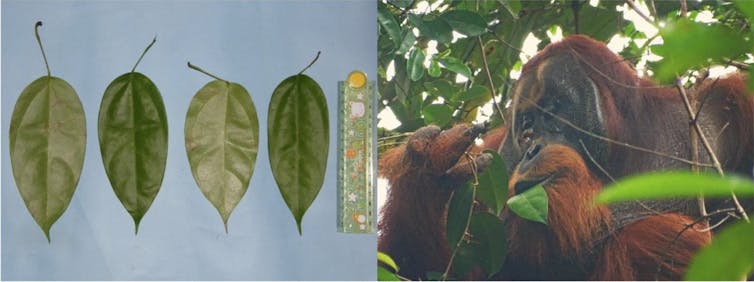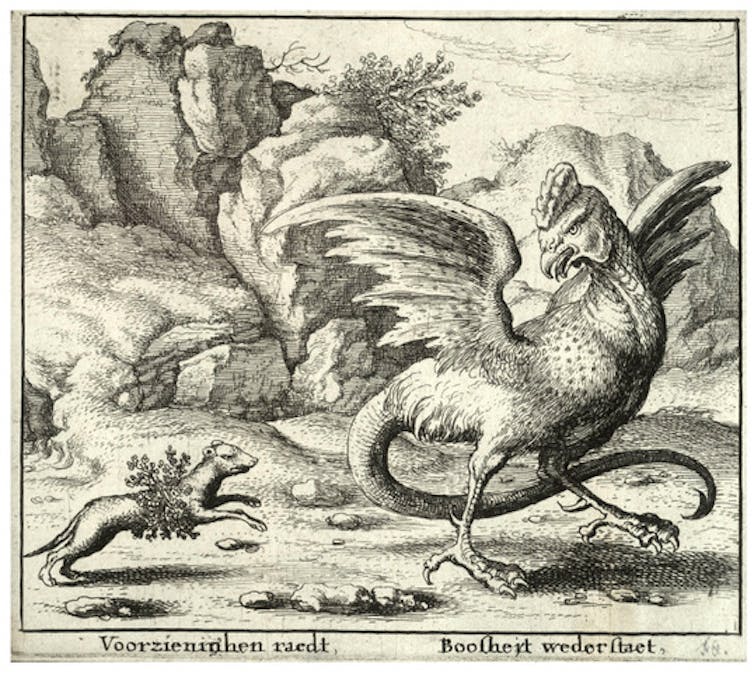‘Not One Cent of Canadian Tax-Dollars Should be Funding Genocide’

Image by Bruno.
A New York state bill to strip tax-exempt status from charities assisting Israeli settlements and the Israeli military should boost a similar initiative in Canada.
Last week high profile left-Democrat Congresswoman Alexandria Ocasio-Cortez endorsed a bill called “Not on our dime!: Ending New York funding of Israeli settler violence Act.” The New York state bill would revoke the charitable status of groups assisting illegal Israeli settlements in the West Bank. Introduced last year, the bill was recently amended to include charities “aiding and abetting activity by the Israeli armed forces” that violate International Criminal Court rulings.
The bill builds off the work of Defund Racism, which has compiled evidence of US charities’ role in dispossessing Palestinians. In a similar vein, last year over 30 Canadian groups endorsed “colonialism is not charity”, which calls on the Canada Revenue Agency to revoke the charitable status of groups assisting West Bank settlements and the Israeli military.
The campaign to challenge Israel-focused charities was given a boost recently by a parliamentary petition instigated by researcher Miles Howe. Sponsored by NDP MP Niki Ashton the petition notes:
“Taxpayer-subsidized charitable donations may well be Canada’s most important contribution to Palestinian dispossession; Over the last five years, more than a billion dollars has been sent by Canadian charities to Israeli recipients. While some of this money may find its way into charitable ventures, a portion goes toward supporting the Israeli military and/or illegal Israeli settlements in the occupied Palestinian territory, activities which stand in contravention of Canada Revenue Agency (CRA) regulations and Canada’s public policy; Recently, evidence has been uncovered of Canadian charities providing charitable tax receipts for Israeli organizations actively supporting what the International Court of Justice deems a “plausible” genocide in Gaza; One charity, registered as the Mizrachi Organization of Canada, has, for example, transferred funds to Im Tirtzu, an organization which is overtly involved in blocking aid trucks bound for Gaza, as well as to the organization Women In Green, which runs a campaign to ‘plant an Israeli flag’ in Gaza; and The CRA has received numerous requests to investigate the activities of Mizrachi Canada and other charities which appear to be operating in violation of the Income Tax Act, official Canadian policy, and international law.”
Already signed by 10,000 Canadians — twenty times the number required to be read in Parliament — the petition concludes with a call for the Minister of National Revenue to: “1.Immediately investigate all Canadian charities providing funds to illegal Israeli settlement activity and/or the Israeli military; 2. Revoke the charitable status of all found to not be in compliance; and 3. Take concrete steps to prevent other organizations from engaging in such activities in the future.”
In a similar vein, a detailed complaint was submitted last week to the CRA asking it to investigate United Israel Appeal of Canada. It documents UIA financing groups assisting the Israeli military and illegal settlements, as well as the opaque finances of an organization that has raised over $1.5 billion since 1991.
Israel’s crass violation of the International Court of Justice’s order to “immediately halt” its military offensive in Rafah and the International Criminal Court seeking warrants for Israel’s leaders should bolster the campaign to challenge the 200+ registered charities funneling money to Israel. NDP leader Jagmeet Singh, defence critic Lindsay Mathyssen and much of the rest of the party is now openly calling Israel’s actions “genocide”. In what may be the first MP to call for sanctions on Israel, the NDP’s Don Davies recently posted, “Israel is brazenly flouting an order of a court it appeared before. It is indiscriminately killing civilians seeking refuge. This is a flagrant violation of the rule of law and a war crime. It is time the international community put sanctions on Israel as it did to South Africa.”
As much as I agree with Davies’ sentiment, it fails to grasp the depth of Canada’s complicity with Israeli criminality, which many South Africans called worse than South African apartheid (prior to Israel’s holocaust in Gaza). As a Commonwealth ally Canada had a free trade accord with the apartheid regime for half a century and had substantial economic and diplomatic relations with apartheid South Africa for decades. But there was nothing akin to the state subsidized wealth transfer Canada has granted Israel for over half a century. Every year Canadian taxpayers are on the hook for about a hundred million dollars in subsidy to a country with a GDP per capita equal to Canada’s (tens of millions of dollars more in public funds go to groups promoting anti-Palestinian policies within Canada). Prior to imposing sanctions on Israel, let’s halt this unique subsidy to a country that has long committed the crime of apartheid.
If the CRA properly enforced its rules on charities assisting foreign militaries, racist organizations and West Bank settlements, as well as its regulations on groups acting as financial conduits for other organizations, dozens of Israel-focused organizations would lose their charitable status. In addition to enforcing existing rules, legislation should be introduced to curtail charities focused on assisting countries with a GDP per capita equal to Canada.
In posting a recent letter to Revenue Minister Marie-Claude Bibeau Niki Ashton demanded that “The CRA must investigate Canadian charities funding Israeli military operations in Gaza and illegal Israeli settlements.” The NDP’s revenue critic concluded, “Not one cent of Canadian tax-dollars should be funding genocide.”



